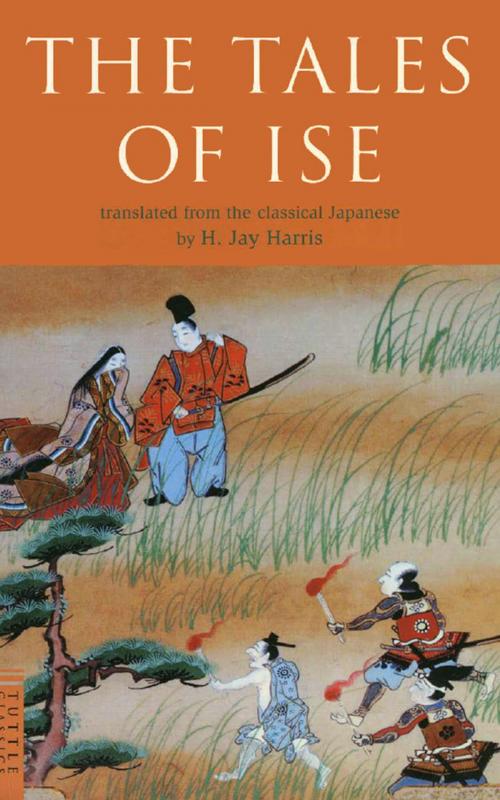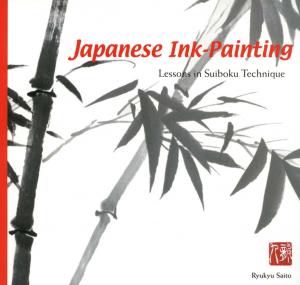Tales of Ise
Translated from the classical Japanese
Fiction & Literature, Cultural Heritage, Poetry, Literary Theory & Criticism| Author: | H. Jay Anonymous | ISBN: | 9781462903320 |
| Publisher: | Tuttle Publishing | Publication: | January 8, 2013 |
| Imprint: | Tuttle Publishing | Language: | English |
| Author: | H. Jay Anonymous |
| ISBN: | 9781462903320 |
| Publisher: | Tuttle Publishing |
| Publication: | January 8, 2013 |
| Imprint: | Tuttle Publishing |
| Language: | English |
Revered as one of the great literary classics of Japan, The Tales of Ise is an anonymous tenthcentury collection of Japanese poems and prose.
First published in 1608 as Isemonogatori, the work is a product of court life in which the romantic assignations, intrigues, and social standards of aristocratic society in ancient Japan are vividly revealed. Each of the 125 episodes in the book consists of a story plus poetry in the uta form (five lines totaling thirtyone syllables) following the life of a nameless hero, who embodies the social ideals of the era, from his "coming of age" to his death.
Arihara no Narihira, a ninthcentury cavalier poet known for his individualism and elegance, is considered to be the author of a third of the poems, and it has been suggested that The Tales of Ise developed from his journal. The text is accompanied by an introduction by the translator, explanations of the cultural, literary, and historical material relevant to each episode, and several diagrams of the capital city and the Imperial Palace. The book is further enhanced by sixteen black and white woodblock prints by an unknown artist of the Tosa school.
Revered as one of the great literary classics of Japan, The Tales of Ise is an anonymous tenthcentury collection of Japanese poems and prose.
First published in 1608 as Isemonogatori, the work is a product of court life in which the romantic assignations, intrigues, and social standards of aristocratic society in ancient Japan are vividly revealed. Each of the 125 episodes in the book consists of a story plus poetry in the uta form (five lines totaling thirtyone syllables) following the life of a nameless hero, who embodies the social ideals of the era, from his "coming of age" to his death.
Arihara no Narihira, a ninthcentury cavalier poet known for his individualism and elegance, is considered to be the author of a third of the poems, and it has been suggested that The Tales of Ise developed from his journal. The text is accompanied by an introduction by the translator, explanations of the cultural, literary, and historical material relevant to each episode, and several diagrams of the capital city and the Imperial Palace. The book is further enhanced by sixteen black and white woodblock prints by an unknown artist of the Tosa school.















